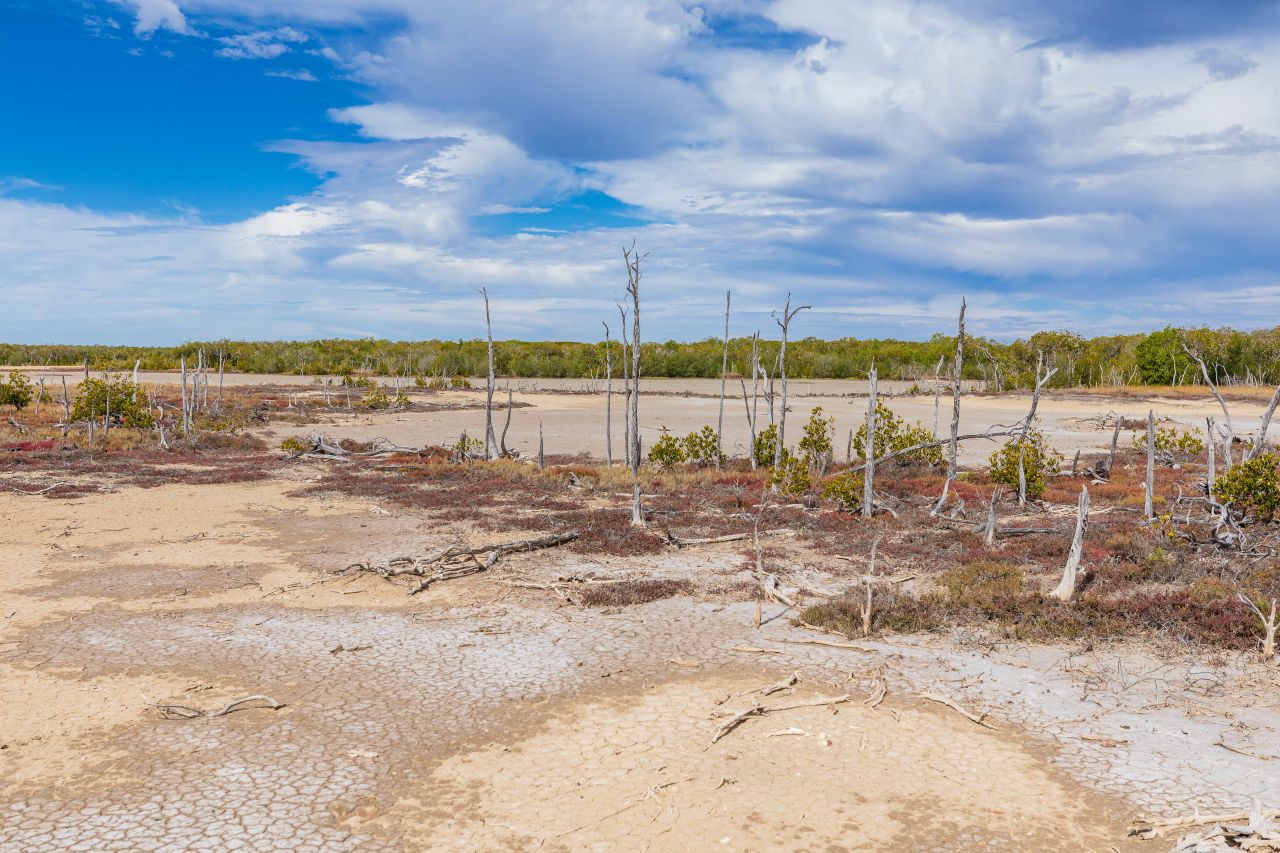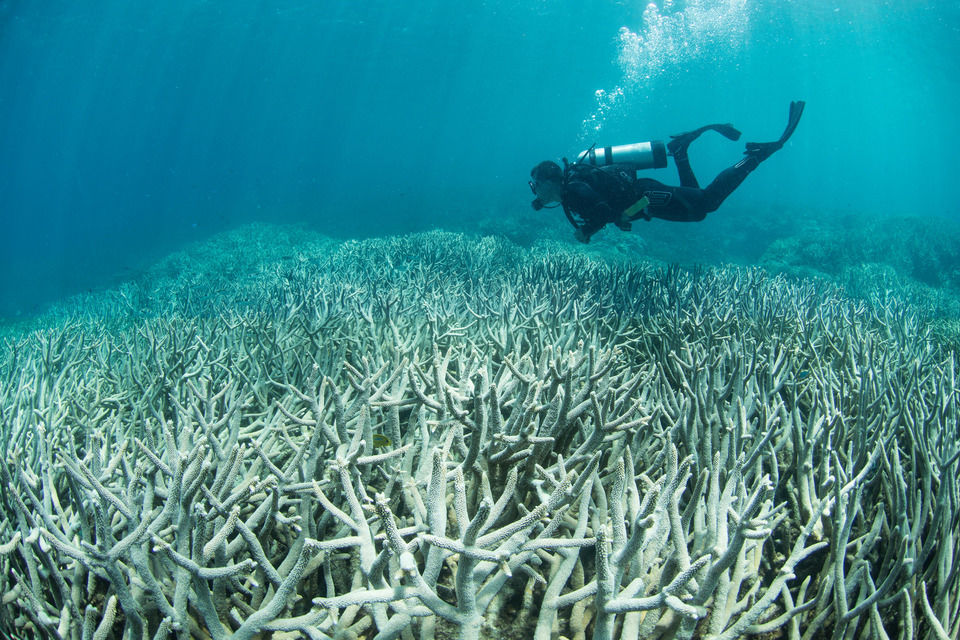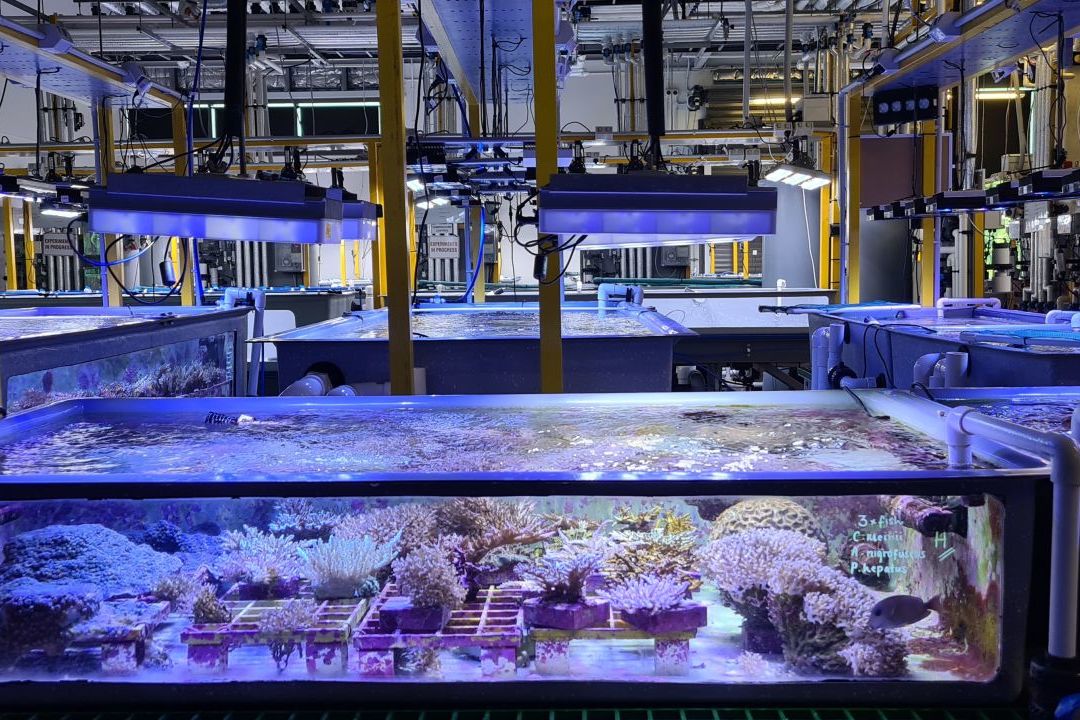The Great Barrier Reef is home to the world’s largest, most diverse collection of living organisms and gives life to a quarter of all known marine animals. But our Reef, and coral reefs around the world, are one of the most vulnerable ecosystems on the planet to the impacts of climate change. Affected by changes in environmental conditions above and below the waves, these vital habitats are at the mercy of water temperature, oceanic currents, cloud cover, rainfall, cyclones and storms.
This week, the Bureau of Meteorology formally declared an El Niño event, which typically brings hot, dry weather over summer and an increased chance of marine heatwaves and coral bleaching. This is the first El Niño event in a number of years, after three consecutive summers with cooler, wetter La Niña conditions.
#What is El Niño weather?
El Niño is a climate phenomenon characterised by the periodic warming of sea surface temperatures across the Pacific Ocean. During an El Niño event, the trade winds, which usually blow from east to west along the equator, weaken or reverse displacing warm waters eastwards that are typically confined to the western Pacific Ocean. This can greatly alter the atmosphere and have significant impacts on weather and climate around the world.
El Niño typically brings warmer, drier atmospheric conditions and reduced cloud cover, which increase the risk of droughts, bushfires and coral bleaching.

Dry wetlands in St Lawrence, Central Queensland, Australia.
#How does El Niño impact our Reef?
El Niño summers are of great concern for the health of our Great Barrier Reef. Higher than average ocean temperatures can cause heat stress for corals, which can lead to mass coral bleaching events.
When corals bleach, they eject the algae that live in their tissues. This causes their tissues to become transparent, exposing their white skeleton underneath. Bleached corals are not dead but, as the algae provides most of their food, they are more at risk of starvation and disease.
Corals can recover from bleaching over time, but only when stressors are reduced, such as if temperatures drop and conditions return to normal. If the environmental stress continues, corals begin to die.
Coral bleaching disrupts the entire Reef ecosystem, causing a loss of critical habitats that serve as important feeding and nesting grounds for thousands of marine species.
The Great Barrier Reef has seen seven mass bleaching events between 1998 and 2022, the worst of which was in 2016/17. While not an El Niño summer, 2017 was the hottest year ever recorded without El Niño conditions.

Bleached corals on the Great Barrier Reef. Credit: The Ocean Agency
#How can we protect our Reef from a changing climate?
Climate change is the biggest threat to the Great Barrier Reef and coral reefs around the world. The science clearly shows we have less than 10 years left to act for coral reefs on our planet. Reducing global emissions is no longer enough to safeguard reefs, we must also accelerate our efforts to protect our ocean habitats, restore coral reefs and help them adapt to the impacts of climate change.
That’s why we’re delivering breakthroughs in marine and terrestrial restoration, paving the way for blue carbon and biodiversity credit markets, improving how we monitor and protect the Reef and harnessing the unique role local communities and First Nations Peoples play in conservation.
The Reef Restoration and Adaptation Program (RRAP) is the largest research and development effort of its kind on the planet and it’s our best hope of saving coral reefs. Right now, we’re pioneering ways to:
· Produce heat-tolerant corals that can better cope with higher water temperatures.
· Preserve a diverse collection of coral species through innovative and scaled up cryopreservation technologies, so we can use them to grow corals outside of limited natural reproduction windows.
· Protect reefs from coral bleaching through cooling and shading techniques that reduce heat and light stress.
· Investigate new methods to stabilise damaged reef surfaces where corals have turned into rubble, to allow new corals to grow on them.
· Unlock the blue carbon potential for the Great Barrier Reef to help mitigate the impacts of climate change.
Want to know more? https://www.barrierreef.org/what-we-do/restoring-coral-reefs








